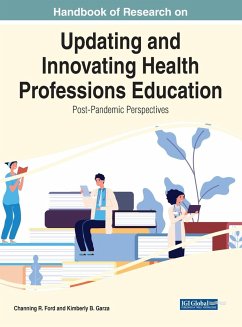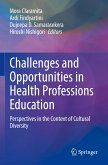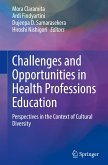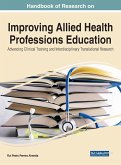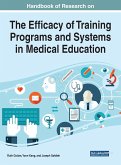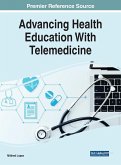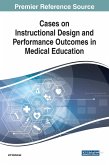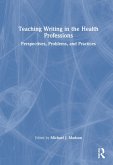The outbreak of the Coronavirus in early 2020 resulted in unprecedented changes to health professions education. The pervasive stay-at-home orders resulted in faculty, who were trained for preparing the next generation of health professionals in a traditional learning environment, throwing out their lesson plans and starting anew. New approaches to teaching and learning were created quickly, and without the typical extensive planning, which introduced several challenges. However, lessons learned from these approaches have also resulted in increased technology adoption, innovative assessment strategies, and increased creativity in the learning environment. The Handbook of Research on Updating and Innovating Health Professions Education: Post-Pandemic Perspectives explores the various teaching and learning strategies utilized during the pandemic and the innovative approaches implemented to evaluate student learning outcomes and best practices in non-traditional academic situations and environments. The chapters focus specifically on lessons learned and best practices in health professions education and the innovative and exciting changes that occurred particularly with the adoption and implementation of technology. It provides resources and strategies that can be implemented into the current educational environments and into the future. This book is ideal for inservice and preservice teachers, administrators, teacher educators, practitioners, medical trainers, medical professionals, researchers, academicians, and students interested in curriculum, course design, development of policies and procedures within academic programs, and the identification of best practices in health professions education.

